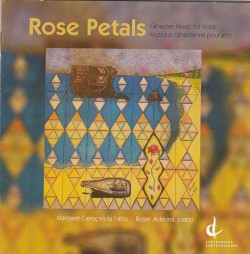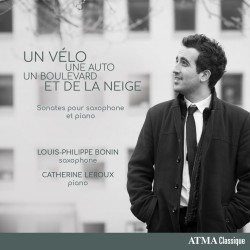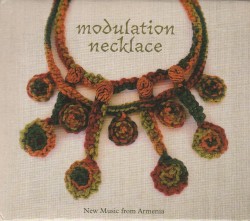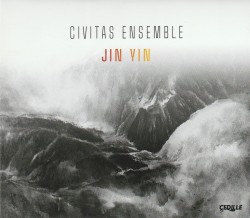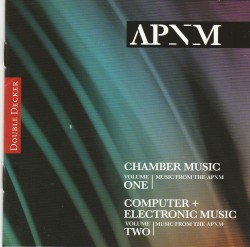Lutosławski: Symphonies Nos. 2 & 3 - Finnish Radio Symphony Orchestra; Hannu Lintu
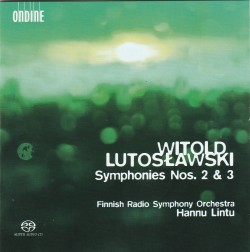 Lutosławski – Symphonies Nos. 2 & 3
Lutosławski – Symphonies Nos. 2 & 3
Finnish Radio Symphony Orchestra; Hannu Lintu
Ondine ODE 1332-5 (naxosdirect.com)
There’s no mystery why Polish composer Witold Lutosławski’s Symphony No.3 from 1983 has been recorded so frequently. It’s an influential work. And, as this new recording with Hannu Lintu conducting the Finnish Radio Orchestra demonstrates, it’s a truly exciting work, full of delights and surprises.
It starts with a definitive burst of four rapidly repeated E’s, which keep returning right until the end. That motif is the last thing heard. Lintu, who has conducted the Toronto Symphony in a number of memorable concerts during the past decade, brings out the sharp contrasts that make Lutosławski’s music so dramatic. In the semi-improvised sections, where Lutosławski stipulates what notes are played but allows the musicians the freedom to choose the rhythms, the orchestra creates unearthly sounds that shimmer with twists and slides.
But it’s the contemplative passages that show the real strength of this recording – its open-hearted embrace of the lyricism that make this work so moving. Lintu’s interpretation easily measures up to the fine recordings from Solti, who commissioned the work, Salonen, who made the first recording, Wit, Barenboim and Lutosławski himself.
With a colourful performance of Symphony No. 2 from 1967, Lintu wraps up his set of Lutoslawski’s four symphonies. Like the third, this symphony is in two connected sections, here called Hésitant and Direct. The scale is less grand. But the impact just as powerful, and the performance is every bit as rewarding.


